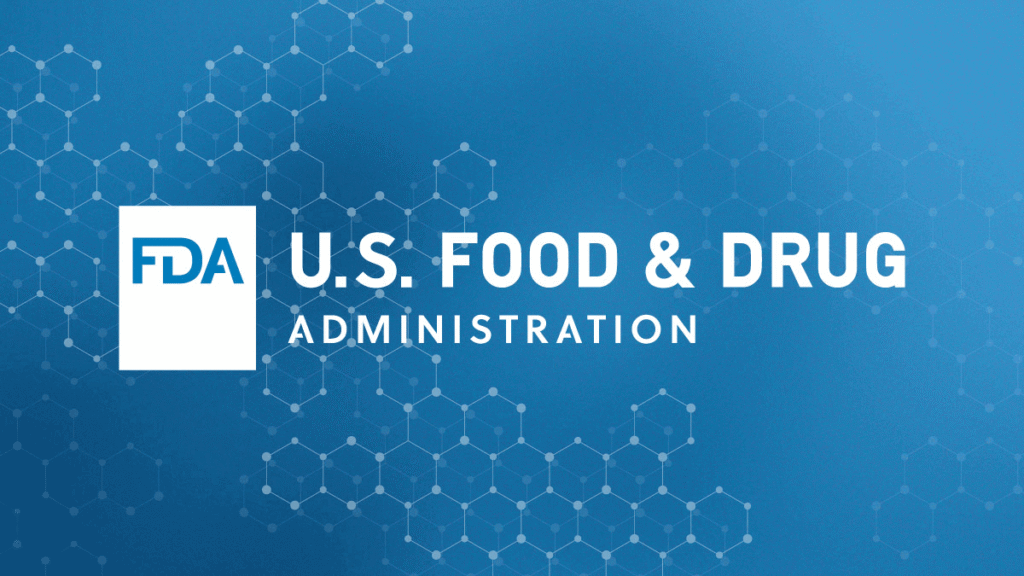### The Digital Backbone of Healthcare: The Role of Medical Devices
In an increasingly digital world, the healthcare industry is navigating new frontiers, primarily propelled by the rapid integration of medical devices. These devices, ranging from simple instruments like a digital thermometer to complex machinery such as MRI scanners, play a pivotal role in diagnosing, monitoring, and treating patients. As the backbone of modern medicine, they contribute significantly to improving patient outcomes and enhancing the efficiency of healthcare delivery.
### The Importance of Secure Connections
The security of medical devices is paramount. Federal government websites, identifiable by the .gov or .mil suffixes, play a critical role in ensuring this security. These sites guarantee that the information shared is official and authentic. The use of HTTPS protocol further assures users that their connections are secure and their data is encrypted. For medical professionals and patients alike, being aware of these security measures is crucial, especially when sharing sensitive information online.
### A Brief History: The Evolution of Medical Device Regulations
Understanding the evolution of medical device regulations provides context to the current security frameworks. The regulation of medical devices has a rich history, beginning with the Food, Drug, and Cosmetic Act of 1938 in the United States, which laid the groundwork for the regulatory landscape. Over the years, amendments and new acts, such as the Medical Device Amendments of 1976, have shaped a more rigorous regulatory environment. These laws ensure that medical devices are not only effective but also safe for use.
### Cybersecurity: A Growing Concern
As medical devices become increasingly interconnected, cybersecurity has emerged as a significant concern. The potential for cyber threats is a real and growing challenge. Devices connected to networks can be vulnerable to hacking, which can lead to unauthorized access to patient data or even disruption of crucial medical services. The healthcare industry must remain vigilant, continuously updating security measures to protect against these evolving threats.
In response to these challenges, the Federal Drug Administration (FDA) plays an instrumental role in setting cybersecurity standards for medical devices. By issuing guidance documents and working closely with manufacturers, the FDA helps to ensure that devices are designed with security in mind from the outset.
### The Human Element: Patients and Healthcare Providers
At the core of the medical device ecosystem are the users: patients and healthcare providers. For patients, understanding the security measures in place can provide peace of mind, especially when dealing with devices that monitor vital health metrics or deliver life-saving treatments. Healthcare providers, who rely on these devices daily, must be well-versed in the technology and its security protocols to ensure patient safety.
The human element is critical, as even the most advanced technology requires knowledgeable and careful handling. Training and education for healthcare providers are essential components in maintaining the integrity and security of medical devices.
### Future Outlook: The Road Ahead for Medical Device Security
Looking forward, the landscape of medical device security is expected to evolve significantly. As technology advances, so too will the strategies for securing these devices. Innovations such as blockchain technology, artificial intelligence, and machine learning are being explored to enhance security measures further.
Moreover, international collaboration will likely become more prevalent. With medical device manufacturers operating globally, a harmonized approach to regulations and standards could facilitate more robust security frameworks. Countries may work together to share insights, develop best practices, and establish universal standards to enhance global healthcare security.
### Conclusion: Navigating the Future with Confidence
In conclusion, the landscape of medical device security is complex and ever-changing. As the healthcare industry continues to digitize, staying informed and vigilant is more important than ever. By understanding the role of federal government regulations, the importance of cybersecurity, and the human elements involved, stakeholders can navigate this digital frontier with greater confidence.
As we look to the future, embracing technological advancements while prioritizing security will be key to ensuring that medical devices continue to enhance healthcare outcomes without compromising patient safety. The journey ahead will require collaboration, innovation, and an unwavering commitment to security.
